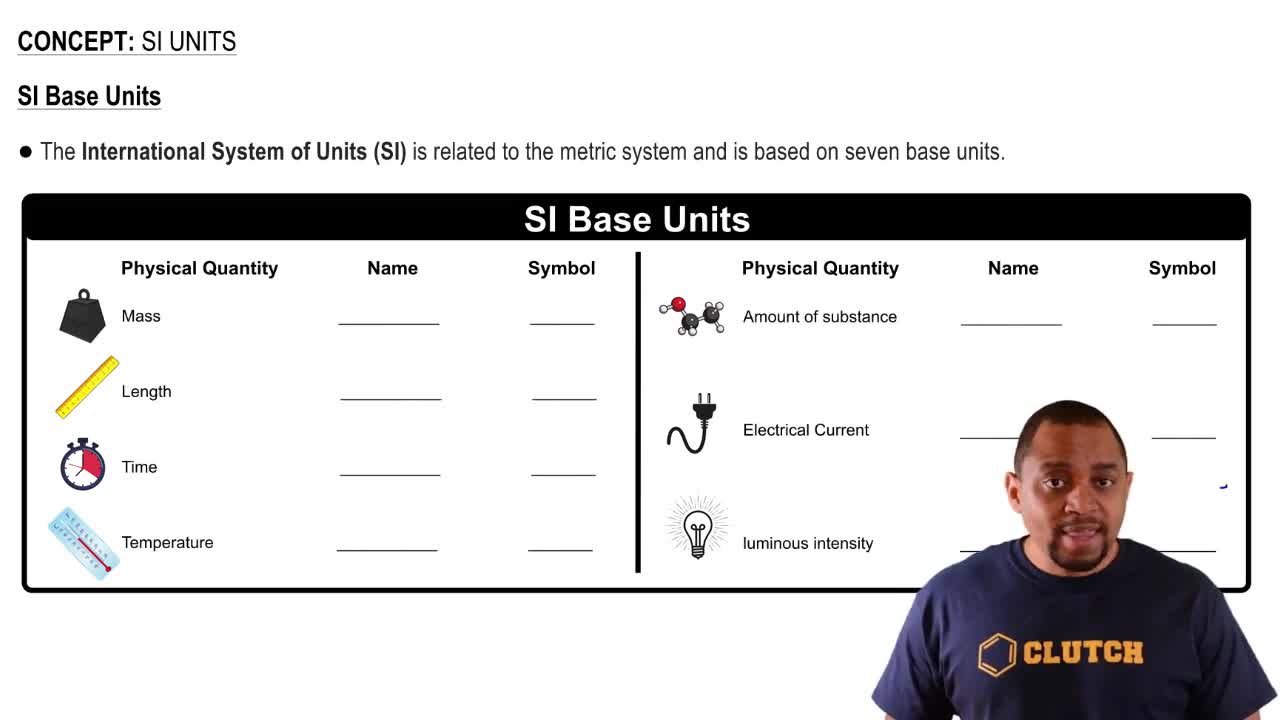A sample of the male sex hormone testosterone, C19H28O2, contains 3.88×1021 hydrogen atoms. (b) How many molecules of testosterone does it contain?
The allowable concentration level of vinyl chloride, C2H3Cl, in the atmosphere in a chemical plant is 2.0⨉10−6 g/L. How many molecules per liter?
 Verified step by step guidance
Verified step by step guidance
Verified video answer for a similar problem:
Key Concepts
Molar Mass Calculation

Avogadro's Number

Concentration Units

A sample of the male sex hormone testosterone, C19H28O2, contains 3.88×1021 hydrogen atoms. (c) How many moles of testosterone does it contain? (d) What is the mass of this sample in grams?
The allowable concentration level of vinyl chloride, C2H3Cl, in the atmosphere in a chemical plant is 2.0×10−6 g/L. How many moles of vinyl chloride in each liter does this represent?
At least 25 mg of tetrahydrocannabinol (THC), the active ingredient in marijuana, is required to produce intoxication. The molecular formula of THC is C21H30O2. How many moles of THC does this 25 mg represent?
At least 25 mg of tetrahydrocannabinol (THC), the active ingredient in marijuana, is required to produce intoxication. The molecular formula of THC is C21H30O2. How many molecules?
Give the empirical formula of each of the following compounds if a sample contains (a) 0.052 mol C, 0.103 mol H, and 0.017 mol O
